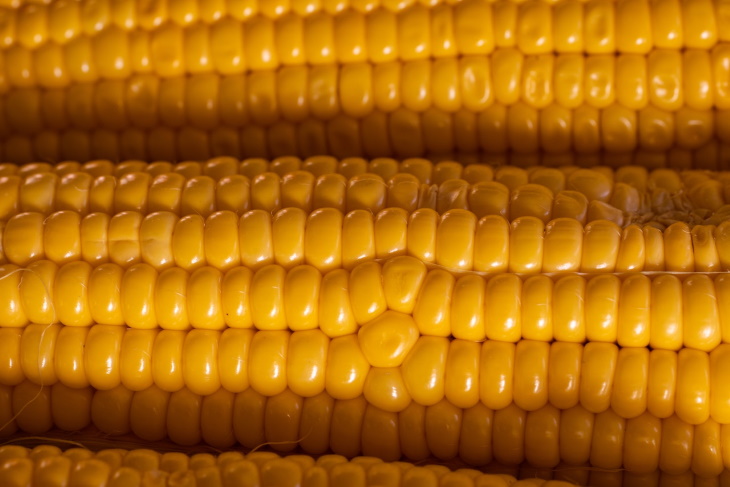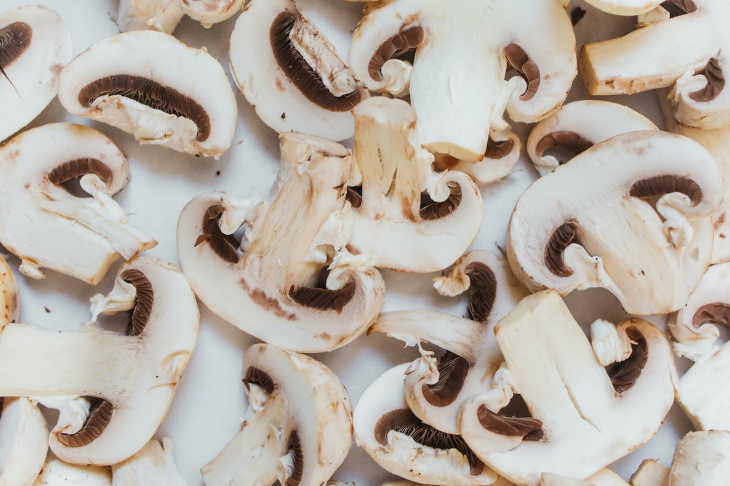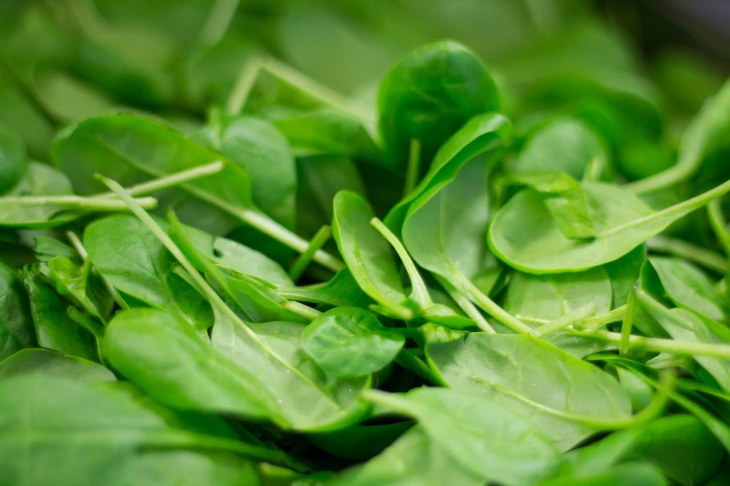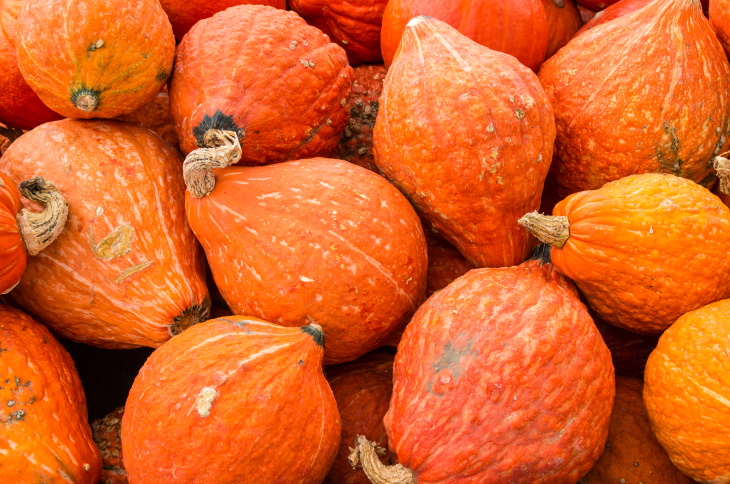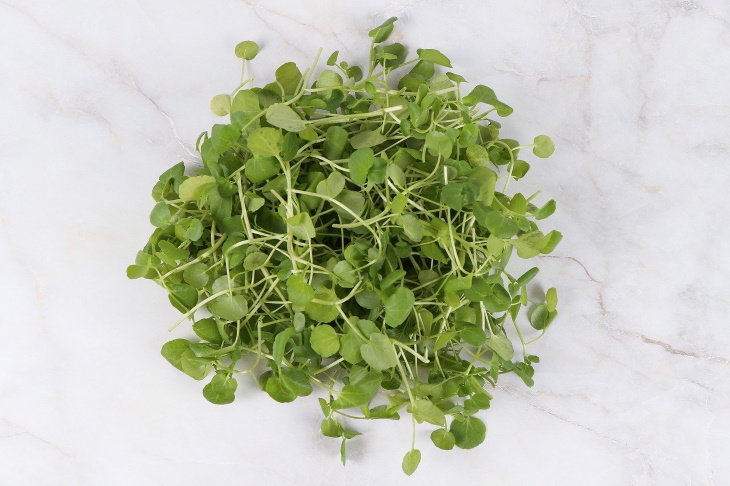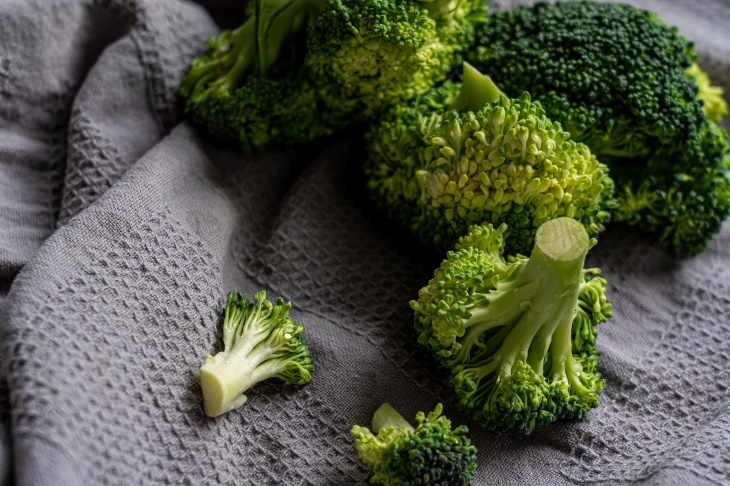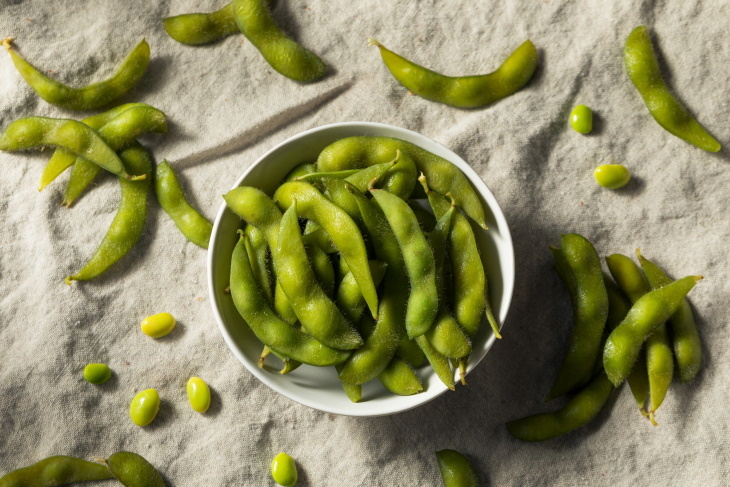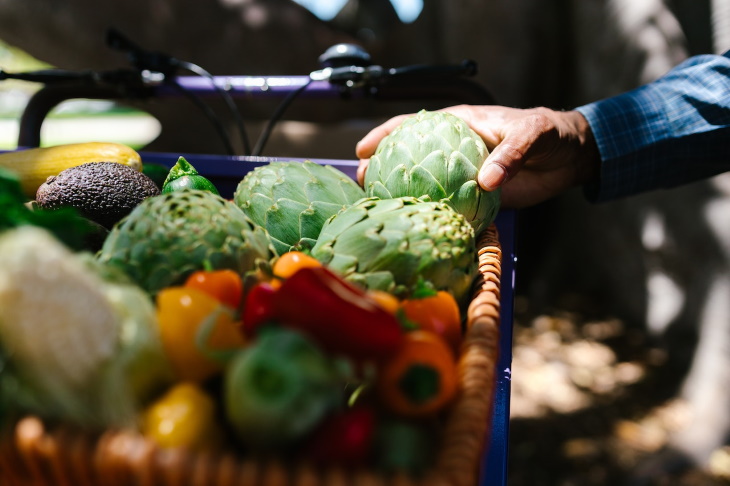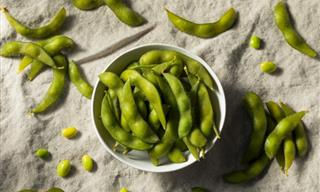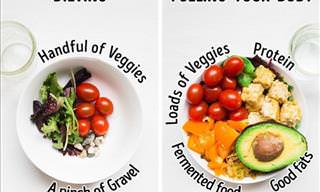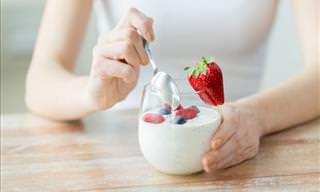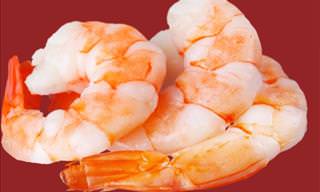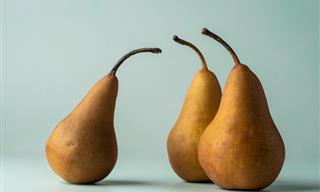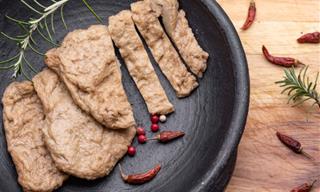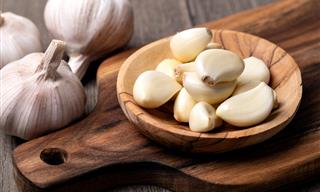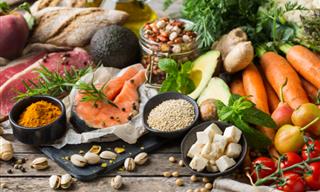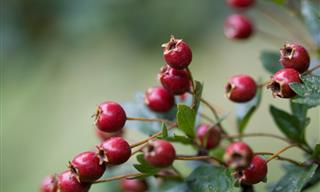Vegetables are more affordable and healthier than animal sources of protein, so why are a lot of people still not eating enough of them? One reason is protein, as many believe that you can’t get this macronutrient from vegetables. This is simply not true. In fact, some vegetables have upwards of 8 grams of protein per cup, and they’re more filling too, which translates into greater slimming benefits for those who seek to lose weight.
What’s more, consuming high-protein vegetables is known to reduce the risk of certain diseases, notably, type 2 diabetes. Research by the British Journal of Nutrition even concluded that replacing 5 grams of animal protein for plant protein a day slashes the risk of diabetes by 18%. So, giving high-protein veggies a try will benefit your waistline and health!
And if you’re unsure which vegetables to include for the protein boost, read on. We list 12 such vegetables and link several recipes to give you an idea of how to incorporate these veggies into your daily meals.
Note: For each vegetable, the protein content is shown per 1 cup.
1. Asparagus - 4.3 grams of protein
The next time you go grocery shopping, pick up a bunch of asparagus spears. This protein-rich vegetable is ridiculously easy to prepare, and it has many important health benefits besides the protein content.
Asparagus is rich in vitamins A, C, B6, E, K, and folate, as well as iron, copper, magnesium, and phosphorus. Apart from that, the vegetable is packed with potassium - a nutrient that aids the body in clearing away sodium and water. This way, asparagus can help reduce or prevent bloating. And a type of fiber in asparagus called inulin offers prebiotic benefits, meaning that it promotes the growth of beneficial gut bacteria.
To prepare asparagus, pan-roast it for 10-15 minutes in a little olive oil, season with salt, black pepper, and garlic, and you’re done. This veggie is also delicious in vegetable stews, stir-fries, and risotto.
Related article: Increase Your Protein Intake With These Fruits!
2. Corn - 4.21 g of protein
Sweet and delicious corn on the cob has a very comparable quantity of protein per cup to asparagus. That being said, corn is higher in calories than other protein-rich vegetables, so avoid making it your sole source of plant protein.
What other nutrients does corn have to offer? The common vegetable contains B vitamins and fiber, as well as zinc, iron, and magnesium. Last but not least, corn is full of antioxidants. Namely, the antioxidants lutein and zeaxanthin that give corn its yellow hue are known to maintain healthy vision.
There are a million and one recipes that use corn; surely, you know a few yourself. But it’s always nice to diversify the food template, so here are a couple more:
3. Mushrooms
Button mushrooms (cooked) - 3.39 g of protein
Shiitake mushrooms (cooked) - 3.35 g of protein
Portabella mushrooms (cooked) - 3.97 g of protein.
Delicious and nutritious - that’s the mushroom motto! Although not technically a vegetable, mushrooms are often eaten together with vegetables or used in vegetarian dishes, so we tend to think of them as plant ingredients.
Apart from their impressive protein content, mushrooms also serve as an excellent source of vitamin D - a vitamin we all could use more of for both better immunity and stronger bones!
And when it comes to cooking, the special power of edible mushrooms lies within their flavor. Known in culinary science as umami, this savory flavor is present in mushrooms, but also in meat and cheese. Here are a few recipes to inspire you to eat more mushrooms:
4. Leafy Greens
Kale - 2.5 g (cooked), 0.68 g (raw) of protein
Beet greens - 3.7 g (cooked), 0.84 g (raw) of protein
Collard greens - 5.15 g (cooked), 0.9 g (raw) of protein
Spinach - 5.35 g (cooked), 0.86 g (raw) of protein.
We rarely think of greens as a source of protein, but many types of leafy veggies are quite rich in the stuff, especially if you cook them. Heat increases the availability of proteins in all greens - be it spinach, kale, or collard greens. So we recommend sauteing the spinach, baking the kale, or wilting the collard greens to increase their protein content.
Needless to say, leafy greens are also rich in a multitude of essential vitamins, minerals, and antioxidants that account for their many health benefits. For example, spinach was scientifically proven to lower the risk of certain types of cancer, including breast cancer.
5. Hubbard squash - 5 g of protein
Most squash varieties are not particularly rich in protein. But every rule has an exception, and Hubbard squash is that happy anomaly in the world of gourds. Hubbard squash is a large winter squash that comes in dark green, greenish grey, and orange colorways. The gourd can be easily identified by its round, slightly irregular shape, and tough and bumpy skin.
Just like your pumpkin or butternut squash, Hubbard squash can be baked and added to a delicious, warming soup, or combined with other veggies and nuts in a filling pasta dish.
6. Chinese cabbage - 1.5 g of protein
Chinese cabbage can refer to two types of cabbage - the ruffled and slightly more familiar napa cabbage and bok choy, a smaller cabbage with smooth, rounded leaves. Both of these types are rather rich in protein even without cooking.
Additionally, Chinese cabbage contains plenty of vitamin A, C, K, and folate, as well as calcium and potassium. Studies also show that Chinese cabbage is rich in antioxidants, which account for its anti-inflammatory properties and the ability to lower the risk of liver cancer.
You can easily use Chinese cabbage in a salad, or enjoy it in Asian recipes, like homemade kimchi or spring rolls.
7. Watercress - 2.3 g of protein
For those unfamiliar with watercress, this is a delicate leafy plant that grows in water. Watercress belongs to the cruciferous vegetable family, which also features such familiar veggies as cabbage, broccoli, and cauliflower.
The beauty of watercress lies in its very high protein content per calorie. In fact, 1 cup of watercress contains just 11 calories but 2.3 g of protein. Most of these calories - approximately 84% - come from protein. In addition to the protein, watercress will provide you with insanely high amounts of vitamin K, as well as plenty of B vitamins, vitamins A and C, calcium, and potassium.
How do you eat watercress to reap the most benefits? No need to boil it in water. Simply enjoy it raw in salads, add a handful to a wrap or sandwich, or whizz it up in a green smoothie.
8. Broccoli and cauliflower
Broccoli - 3.7 g (cooked), 2.6 g (raw) of protein
Cauliflower - 2.3 g (cooked), 2.1 (raw) of protein.
Speaking of cruciferous vegetables, cauliflower and broccoli contain nearly 4 g of protein and plenty of vitamin C, K, and folate too. And don’t forget that broccoli and cauliflower have potent cancer-fighting and anti-inflammatory properties to boot!
Cooking will increase their protein content, but you can enjoy both vegetables cooked and raw. So, steam them and enjoy, roast them in the oven and top with olive oil and tahini, or mash them up and make Cauliflower Crust Pizza or these delicious Cauliflower Fritters - these are just a few of the many ways to prepare cauliflower or broccoli.
9. Edamame - 18 g of protein
Shelled, steamed edamame is an excellent quick snack that’s healthy to munch at any time of the day, including late at night. Steam or boil a cup of edamame, drain, add salt, and you’ve got a delicious, filling snack.
Edamame is a real protein powerhouse, with just 1 cup of these beans containing a whopping 18 grams of protein. In case you didn't know, edamame beans are essentially young soybeans, and so like all soy products, it is rich in folate, antioxidants, vitamin K, and healthy fiber.
Young soybeans are by far not the only legumes packed with protein. Practically any legume you choose - from green peas to lentils - will provide you with more protein than any other edible plant. For more details, read this article - These 10 Beans Have the MOST Remarkable Health Benefits!
10. Brussels sprouts - 4 g of protein
Brussels sprouts are a known weight loss food. Rich in protein, vitamin C and K, and antioxidants, a serving of brussels sprouts makes a filling and tasty addition to any main dish. Just roast them in the oven cooked with a splash of olive oil and spices until soft on the inside and slightly charred on the outside.
If you experience bloating after eating Brussels sprouts, cook them beforehand. Cooking makes them easier to digest, and it increases their protein content too.
11. Potatoes - both sweet and regular
Sweet potato (baked) - 4 g of protein
Russet potato (baked) - 7.86 g of protein.
Don’t look down on the humble potato… Sweet and regular potatoes may be high in calories, but they also contain up to 8 grams of protein per cup, and that has got to be worth something too. Depending on your tuber of choice, you’ll also be getting carotenoid antioxidants and vitamin A from yams and potassium with vitamin C from regular potatoes.
Plus, eating potatoes doesn’t necessarily equal French fries. To enjoy potatoes in their healthier form, bake and enjoy them with your favorite toppings, be it a dollop of sour cream, chopped chives, butter, or all of the above!
12. Artichoke - 5 g of protein
Artichokes may not be everyone’s cup of tea, but you should definitely give them a go if you’re interested in increasing your protein and fiber intake in one go (like when you’re losing weight). One 100-gram serving of artichoke contains equal amounts of protein and fiber. Artichokes also have vitamins A and C, as well as iron and potassium.
The vegetable has a diuretic effect, helping you with bloating and fluid retention. The type of fiber in artichokes is called inulin, which acts as a prebiotic and supports healthy gut bacteria.
Not sure how to use artichokes in cooking? Try out this Artichoke Leek Frittata recipe.
H/T: Medical News Today, Eatthis, Eating Well
 Go to BabaMail
Go to BabaMail



